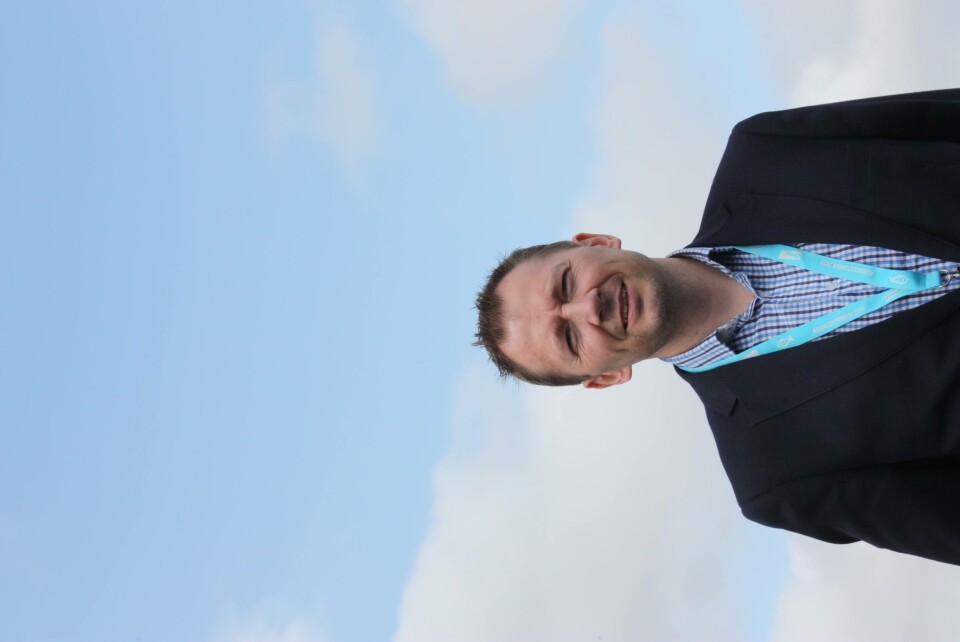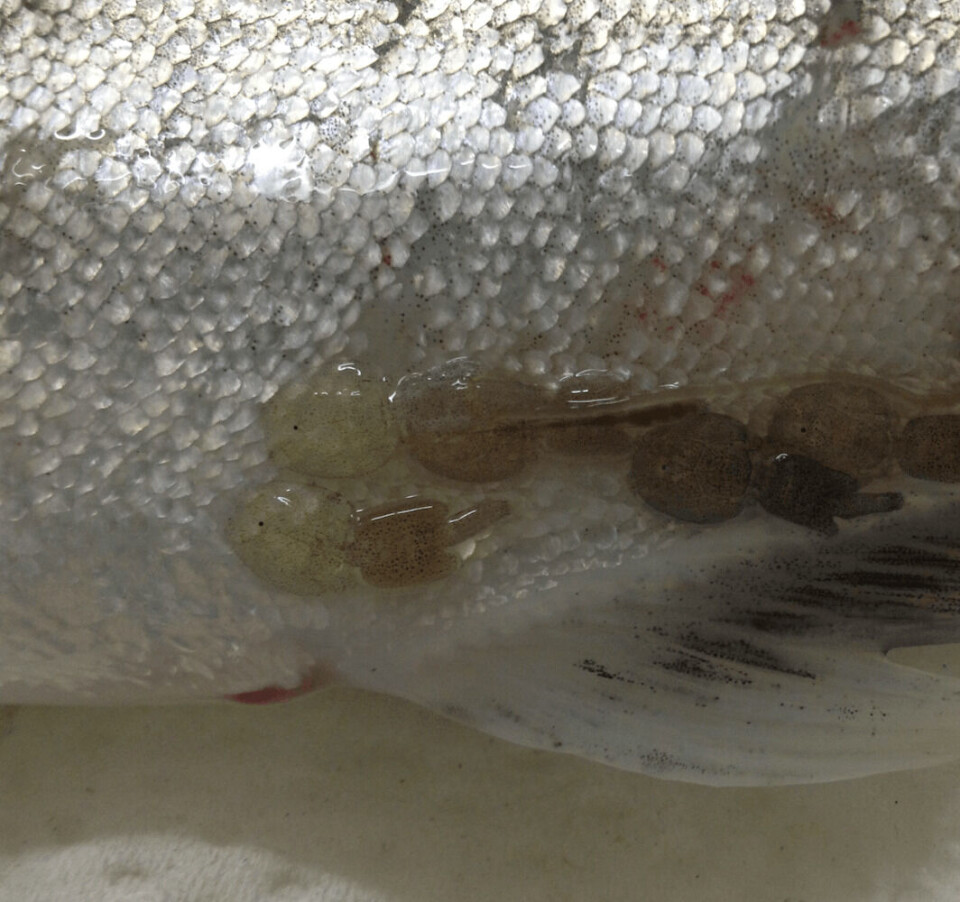
Stirling to lead lice laser research
As sales of its lice laser continue to grow, Stingray Marine Solutions will soon be involved in a PhD project in Scotland that aims to improve the industry’s understanding of what the device can offer under different conditions.
Applications for the PhD placement, which will be based at Stirling University, are open until 21st January and John Arne Breivik, General Manager of the Norwegian firm, is excited by what research into the effects of the innovative device will reveal.
As he explains to Fish Farming Expert: “The aim is to bring more knowledge about our method to the table – by securing academic and proven results in many areas and different farming practices in order for the salmon farming industry to have a well-documented and sustainable tool to fight/control sea lice for the years to come.
“Moreover, we hope to find value-added data and methods to help farmers understand the biology and results taking place at sites that are equipped with the laser, in each individual pen and hopefully even on a fish-by-fish basis.”
The project will involve farming companies in both Scotland and Norway in order to compare the performance of the laser in different circumstances.

“We will involve a number of our customers both in Norway and Scotland to rule out local/regional differences and farming practices. We expect that around 3-5 farms will be involved in the project and several more might be part of the data collection and trials. The exact details will be finalised in the coming months,” John Arne explains.
And, given the results of trials and feedback from farmers to date, it seems that the lasers are indeed proving highly beneficial.
“Farmers are telling us that they are able to have a much better control of sea lice by using lasers 24/7 – keeping lice numbers low and reducing the number of alternative treatments needed. Several locations have reported harvest weights increasing by 200-500 grams per fish and this added value alone pays for the laser,” he points out.
Fish welfare to the fore
At a time when mechanical delousing methods have been questioned as they’ve been linked with a number of mass mortality events, John Arne emphasises the gentleness of the laser treatment.
“Stingray provides the gentlest delousing method by far, as we have now more than 350 million laser pulses since launching in October 2014 and not one wound reported. That implies of course zero mortality due to our treatment. Most of our customers have already returned to buy more units and we see that these references are now driving further sales,” he observes.
There are currently 12 laser units deployed in Scotland and John Arne says he expects to deliver 10-20 more units during the first half of the year.
Looking ahead, he hopes the results of the PhD project will help to boost sales in Scotland even further.
“We are based in Norway and have proven results already known in our domestic market. In Scotland there are other thresholds for sea lice, different practices and also less technology involved in the salmon farming industry. We would like to drive this development and look forward to start building customer references and good results also in Scotland. Having an academic and scientific approach to this development is as important in other markets as it was in Norway back in 2014/2015 when we started commercial sales here,” John Arne reflects.
Global ambitions
Overall, almost 100 units are now in action across three regions and he is looking forward to breaking into new markets in time.
“We will soon have 100 units in the water. Most of them are deployed in Norway, but this year we will also be operating in Scotland and the Faroe Islands. We are still holding back in Chile and Canada for the time being as we need to set up new bases and organisations before starting over there,” John Arne explains.
Even before the firm ventures into the Canadian and Chilean markets he sees considerable scope for growth over the course of the year.
“We expect another 120-150 to be deployed by the end of 2017, bringing the total number of laser units up to 250 before 2018,” he predicts.























































